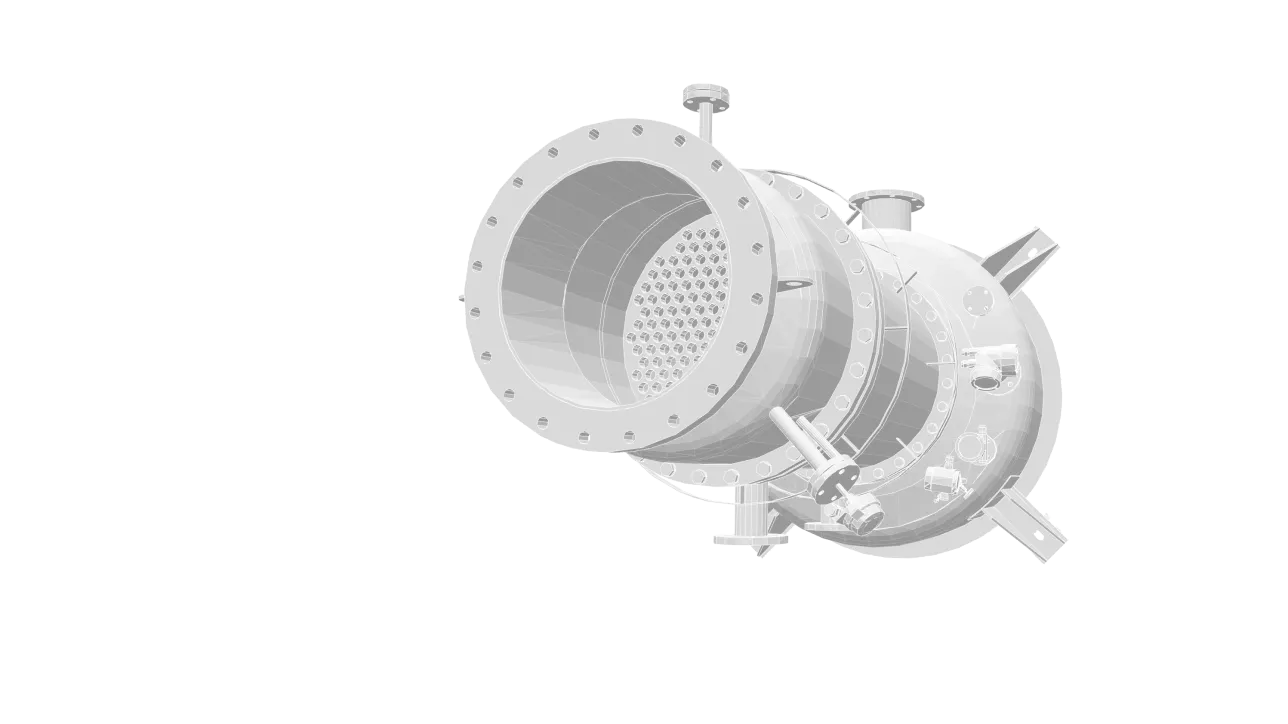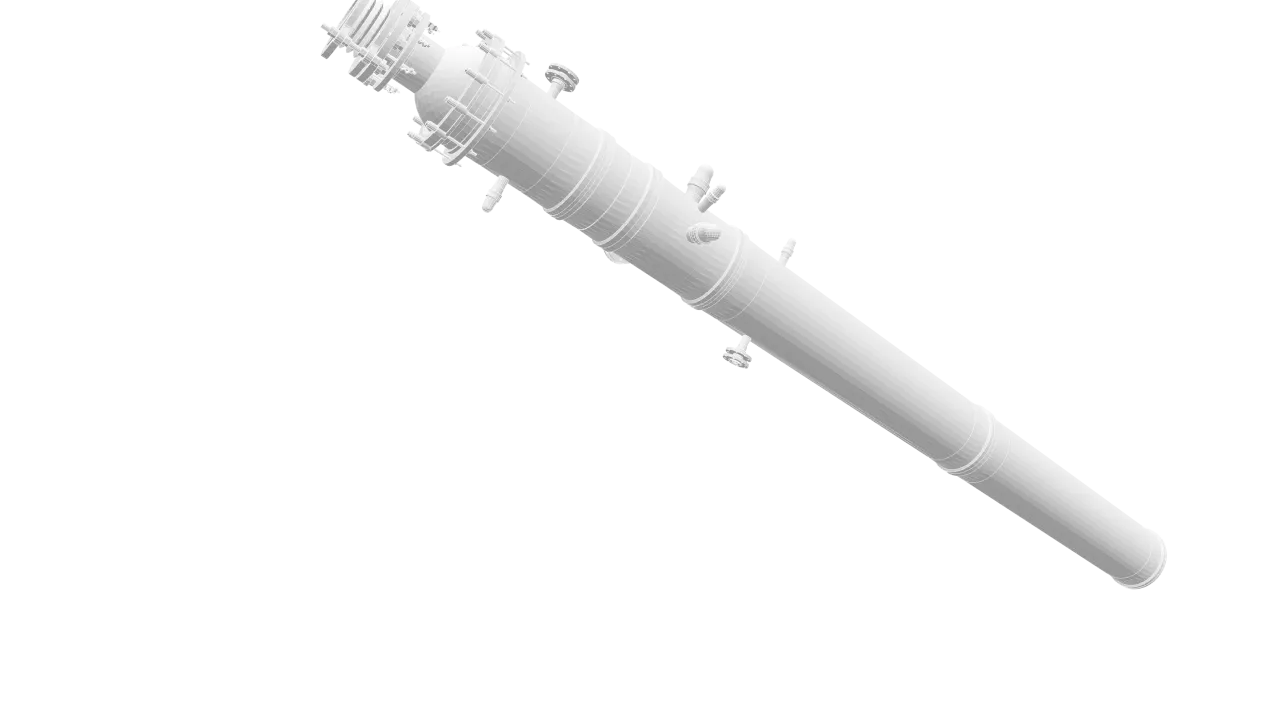
Membrane technology
Technology for alcohols, solvents, aromas and odours separation
Alloy DistillationEvaporation
Technology for alcohols, solvents, aromas and odours separation
Alloy DistillationEvaporation
Best in class horizontal thin film evaporator
Alloy DistillationEvaporation
The unique evaporator for extraordinary applications
Alloy DistillationEvaporation
Robust equipment for difficult handle processes
Alloy DistillationEvaporation
QVF® ROTADEST solution for solvent evaporation, crystallization, drying of suspensions, powders or granulates
Glass EvaporationDistillation